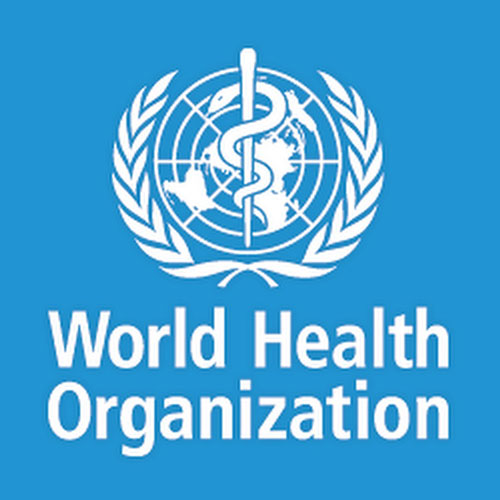The World Health Organization raised the alarm Saturday about a “second disaster” in the wake of the deadly floods in Pakistan this summer, as doctors and medical workers on the ground race to battle outbreaks of waterborne and other diseases.
The floodwaters started receding this week in the worst-hit provinces but many of the displaced — now living in tents and makeshift camps — increasingly face the threat of gastrointestinal infections, dengue fever and malaria, which are on the rise. The dirty and stagnant waters have become breeding grounds for mosquitos.
“I am deeply concerned about the potential for a second disaster in Pakistan: a wave of disease and death following this catastrophe, linked to climate change, that has severely impacted vital health systems leaving millions vulnerable,” WHO’s director-general, Tedros Adhanom Ghebreyesus, said in a statement.
“The water supply is disrupted, forcing people to drink unsafe water,” he said. “But if we act quickly to protect health and deliver essential health services, we can significantly reduce the impact of this impending crisis.”
The WHO chief also said that nearly 2,000 health facilities have been fully or partially damaged in Pakistan and urged donors to continue to respond generously so that more lives can be saved. Pakistani Prime Minister Shahbaz Sharif left for New York on Saturday to attend the first fully in-person gathering of world leaders at the U.N. General Assembly since the coronavirus pandemic. Sharif will appeal for more help from the international community to tackle the disaster.
Before his departure, Sharif urged philanthropists and aid agencies to donate baby food for children, along with blankets, clothes and other food items for the flood victims, saying they were desperately waiting for aid.
The southern Sindh and southwestern Baluchistan provinces have been the worst hit — hundreds of thousands in Sindh live now in makeshift homes and authorities say it will take months to completely drain the water in the province.—AP










